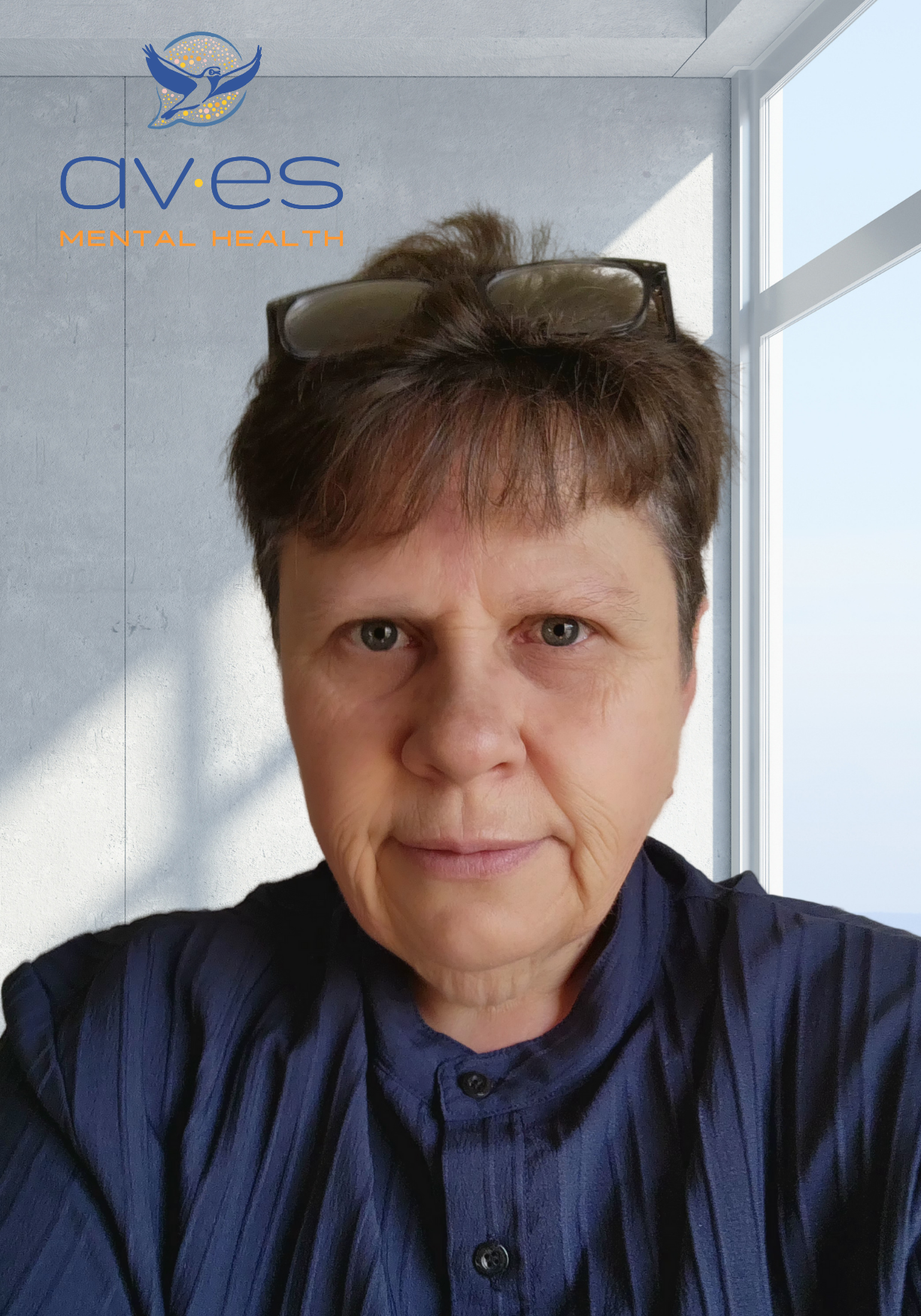Dry cities can’t be healthy without reducing inequalities

Women and other groups carry disproportionate burden of the impacts of water scarcity on health. Policymakers should prioritize actions that minimize inequality and exclusion, while improving water management and health, especially in cities, writes Maitreyi Bordia Das
Inequality and exclusion have deleterious consequences, not just for the people at risk of being left out but for all society. Worldwide, some individuals and groups have disproportionately worse health outcomes. They may be disadvantaged because of their age, gender, sexual orientation, ethnicity, occupation, disability status, religion, among others, or a combination of these.1 Poverty exacerbates exclusion, but sometimes it is not the only driver. Water scarce or hot cities are no exception.
Water availability is essential to control covid-19. The pandemic shows that structural inequalities, rooted in historical circumstance, can affect outcomes in diverse places. In both the UK2 and the US3 for instance, Black and ethnic minority people are at greater risk of getting sick and dying from covid-19.
Globally, although provision of water and sanitation services has made huge progress, there’s much more to do. Urban Ethiopia, for instance, has substantially expanded coverage of piped water, but richer households are almost four times more likely to have piped water than poorer ones. In smaller Ethiopian towns, weaker infrastructure makes it difficult to connect households; in larger cities, poorer households simply lack the means to pay for services.4
Compounded risks
Dry cities often face multiple coexisting risks to the health of their residents. Poor air quality, for instance, affects older people and people with pulmonary diseases disproportionately. Health risks are also compounded when natural hazards overlay water scarcity, leading to destruction and infectious disease epidemics that affect poor and vulnerable groups more.
Cities affected by disaster or fragility have additional institutional and political challenges. Haiti, which is prone to both, for example, saw a drop in the provision and uptake of safe drinking water between 1990 and 2015. The decline was particularly manifest in urban areas, where, among other reasons, residents did not trust the quality of publicly provided water.5 In other places as well, lack of trust in the state and service providers affects how especially minority groups perceive and use services.6
Several factors mediate the relationship between water scarcity and the health of the most vulnerable groups. Women are often singled out, because of their unique needs; specific groups of men are also compromised.
One study found that about 90% of women in Nigeria had no handwashing facility at their home or workplace.7 Women who have to use communal toilets are at increased risk of harassment and assault. They may be more susceptible to urinary tract and vaginal infections. Menstruating women have particular needs for water and sanitation, magnified in crowded urban settlements.8 Peri-menopausal and menopausal women experience particular discomfort in hot climates, and when water is scarce. Further, discussing women’s reproductive health is often taboo, hindering women from voicing their needs.9
Water quality is implicated in various diseases and malnutrition, with long-term effects on wellbeing. Childhood illness also affects the mother, whose burden of care rises. If she is also malnourished it can trigger a cycle of poor health. Women are also often managers of household water, especially when it is rationed and stored, which puts them at risk of closer contact with contaminated water. Some men, such as sanitation workers or emergency responders, can also be prone to disease.
Policies for healthier cities
Policy is the most potent lever by which to effect change towards healthier cities. Policymakers need to prioritize solutions that lead simultaneously to better urban water management and health, while reducing inequality. What are some of the ways?
First, policymakers need to understand the nature of inequality and the consequences of existing policies. For instance, urban planners may not consider the needs of groups such as migrant workers or intravenous drug users, unless they are aware of how these groups may be excluded.
Second, policymakers need to ensure special attention to groups most likely to be left out. The growing “cultural competency movement” shows the need to target specific groups and to ensure they are not disadvantaged because of language or culture.10
Third, policymakers need to create conditions by which residents can drive their own solutions. Indigenous peoples in the Brazil, for instance, are working with government, using their traditional knowledge to combat wildfires, which have impacts well beyond the Amazon.11
Fourth, policymakers need to strengthen transparency and accountability, so that city residents have confidence in systems and institutions. For example, mobile phone-based surveys, such as those used in Sierra Leone and Liberia during the 2014 Ebola outbreak, offer real-time monitoring, and when publicly disclosed can increase citizen trust in the state and service providers.12
In sum, we are unlikely to achieve healthy dry cities without attention to inequality and to the needs of groups most likely to be left out.
Maitreyi Bordia Das, practice manager, Global Programs (Urban, Resilience, Land), The World Bank, Washington DC, USA mdas@worldbank.org
Disclaimer: Views expressed in this article belong to the author and do not reflect those of the organization with which she is affiliated.
Competing interests: I have read and understood the BMJ Group policy on declaration of interests and have no relevant interests to declare.”
This article is part of a series commissioned by The BMJ for the World Innovation Summit for Health (WISH) 2020. The BMJ peer reviewed, edited, and made the decisions to publish. The series, including open access fees, is funded by WISH.
- World Bank. 2013. Inclusion Matters : The Foundation for Shared Prosperity. New Frontiers of Social Policy;. Washington, DC. © World Bank. https://openknowledge.worldbank.org/handle/10986/16195
- Covid-19 and ethnic minorities: an urgent agenda for overdue action. BMJ 2020; 369 doi: https://doi.org/10.1136/bmj.m2503 (Published 23 June 2020)
- Centers of Disease Control and Prevention. 2020. Health Equity Considerations and Racial and Ethnic Minority Groups. July 2020.
- World Bank. 2017. Maintaining the Momentum While Addressing Service Quality and Equity : A Diagnostic of Water Supply, Sanitation, Hygiene, and Poverty in Ethiopia. WASH Poverty Diagnostic;. World Bank, Washington, DC. © World Bank. https://openknowledge.worldbank.org/handle/10986/30562
- World Bank. 2017. Looking Beyond Government-Led Delivery of Water Supply and Sanitation Services : The Market Choices and Practices of Haiti’s Most Vulnerable People. WASH Poverty Diagnostic. Washington, DC. © World Bank. https://openknowledge.worldbank.org/handle/10986/28997
- Boulware, L. E., Cooper, L. A., Ratner, L. E., LaVeist, T. A., & Powe, N. R. (2003). Race and trust in the health care system. Public health reports (Washington, D.C. : 1974), 118(4), 358–365. https://doi.org/10.1093/phr/118.4.358
- World Bank Group. 2017. A Wake Up Call : Nigeria Water Supply, Sanitation, and Hygiene Poverty Diagnostic. WASH Poverty Diagnostic;. World Bank, Washington, DC. © World Bank. https://openknowledge.worldbank.org/handle/10986/27703
- Goddard, Sarah J. and Sommer, Marni.2020. “Menstrual Health and Hygiene Management and WASH in Urban Slums: Gaps in the Evidence and Recommendations,” wH2O: The Journal of Gender and Water: Vol. 7 , Article 1. Available at: https://repository.upenn.edu/wh2ojournal/vol7/iss1/1
- Das, Maitreyi Bordia. 2017. The Rising Tide : A New Look at Water and Gender. World Bank, Washington, DC. © World Bank. https://openknowledge.worldbank.org/handle/10986/27949
- Brach, Cindy, Kendall K. Hall, Eleanor Fitall. 2019. “Cultural Competence and Patient Safety”, Perspectives on Safety, December 27, 2019: https://psnet.ahrq.gov/perspective/cultural-competence-and-patient-safety
- Macedo M.N., Pereira V.P. 2020. We know how to stop the fires. The New York Times, October 2. https://www.nytimes.com/2020/10/02/opinion/amazon-rainforest-fire-prevention.html
- Etang A., Himelein K. 2020. Monitoring the Ebola Crisis Using Mobile Phone Surveys. In: Hoogeveen J., Pape U. (eds) Data Collection in Fragile States. Palgrave Macmillan, Cham. https://doi.org/10.1007/978-3-030-25120-8_2



